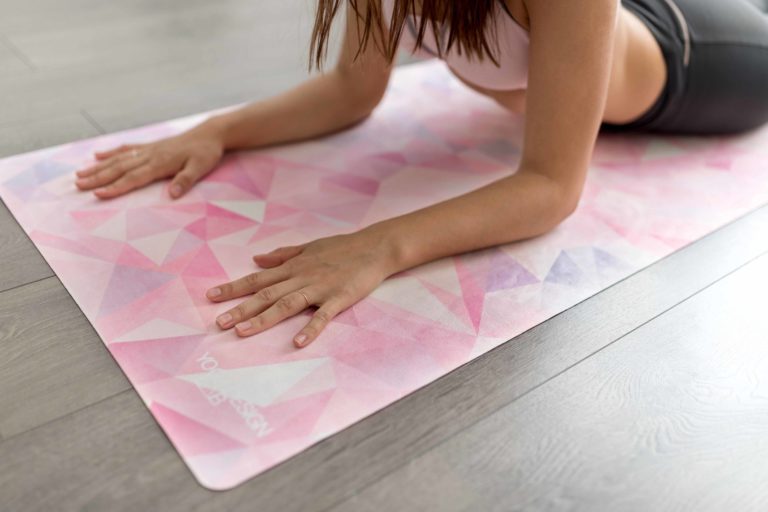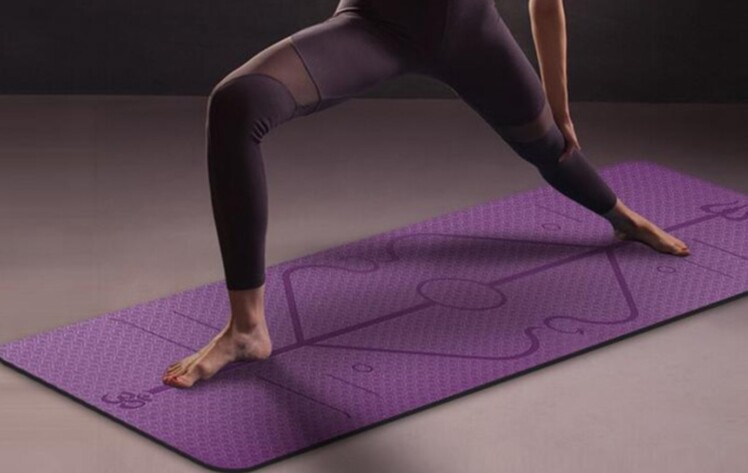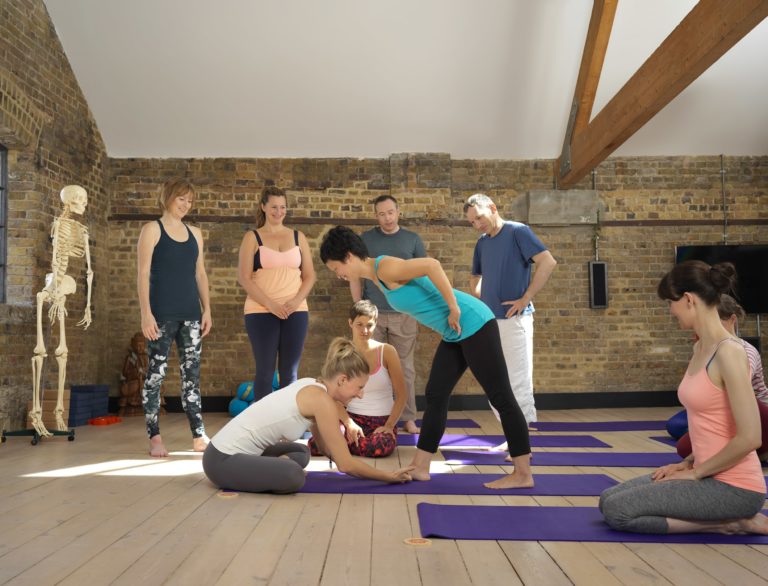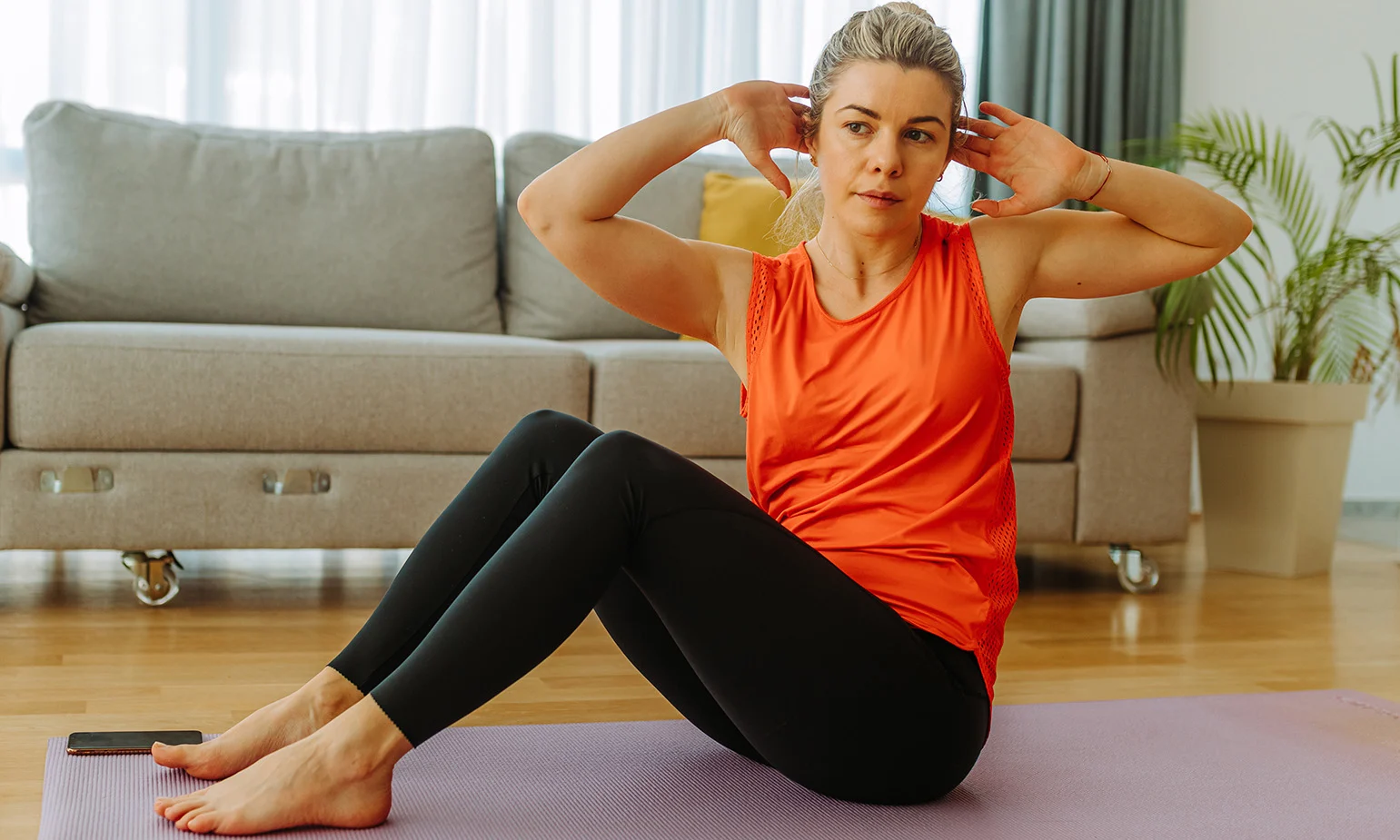Finding the best yoga mat can take time and effort. But the quality of your yoga mat can greatly affect your practice, whether you’re new to yoga or have been doing it for years. A yogi’s yoga mat is a personal sanctuary where they can practice meditation in solitude.
You want your yoga mat to maintain your flow. No one wants to be slipping and sliding; sore knees and a stiff back are not desirable after a practice session. If anything, you should keep your mind clear and avoid harm. If you intend to practice yoga regularly, you should buy a mat.

Source: yogadesignlab.com
Contents
What to consider when buying a yoga mat?
An excellent yoga mat may be costly, but it’s money well spent. Spending money on a high-quality yoga mat and treating it with respect will last you for many years. The only yoga mat that was available before was the PVC sticky mat, which had good grip but was toxic and bad for the user and the environment because it was made of polyvinyl chloride (PVC). However, yoga mats come in various styles and materials, so you may find one that works for you.
Yoga mats may all look the same at first glance. However, they have a significant price, quality, comfort, and grip variation. A perfect yoga mat would have a nice design, the right thickness, and the right size, weight, texture, and material for the person using it. Of course, it’s possible you could do something environmentally friendly, too.
Some Good Yoga Mats Brands
When you go to buy a yoga mat, you will see many brand options in front of you. For your help, let’s briefly discuss some yoga mat brands below.

Source: WhatsUpBeaches.com
Gaiam Yoga Mats
Gaiam Yoga is a well-liked option for newcomers to the practice. They make a wide variety of yoga supplies for cheap, and, on the whole, their stuff is pretty decent. They aren’t as high-quality as more expensive yoga mats, but they serve their purpose.
Most Gaiam yoga mats are manufactured from foam or PVC, which are cheap to manufacture, allowing the company to pass the savings on to you. They also last a long time, have enough padding, and come in a wide range of stylish patterns. The Gaiam yoga mats are, on the whole, a solid option. But first, take a look at some of their best-selling products and see how they compare to mats from other yoga manufacturers.
Manduka Yoga Mat
Manduka was made by yogis who thought that if they could make a better yoga mat, both teachers and students could benefit. They have worked for over 20 years to perfect yoga mats and other accessories to provide people with the finest possible experience when practicing yoga. Their efforts were certainly worthwhile since this is one of the most popular yoga mats on the market.
Manduka mats are great for people who want a more eco-friendly option because they can be made from either PVC, a durable plastic that doesn’t absorb water, or natural rubber. Both materials are sturdy and don’t let moisture build-up, so your mat will smell and feel new for many years. The Manduka Pro and Prolite are two of the most well-liked yoga mats available. After some wear, they both break in to provide comfort, support, and grip. Read the full review of Manduka Pro vs Prolite at Fitnesscrony.com.

Source: yogamatters.com
Lululemon Yoga Mat
In addition to their fashionable yoga wear, Lululemon also produces high-quality yoga mats. Even with sweaty palms, a good grip makes the Lululemon Reversible yoga mat ideal for practitioners with vigorous routines. As a bonus, it is protected from the growth of mold and mildew by an antibacterial layer on its surface. Last but not least, the rubber underside is soft and supportive on tender knees.
EcoYoga Jude Mat
This mat has had sustained popularity in the United Kingdom and is now making its way across the Atlantic. The back of the mat is made entirely of rubber, and the top is made of jute cloth and rubber. Because of how the fabric is made, the finished surface is very strong and holds on well. This is a great solution if you like practicing on woven mats but hate using a non-slip mat underneath them.
Due to their all-natural construction, the jute mats can be easily cleaned with a solution of white vinegar and water. You can choose between 4 and 2 millimeters of thickness. The company’s headquarters are in the UK, although retailers all around the globe carry their products.

Source: helpguide.org
Conclusion
This article teaches you how to choose the perfect yoga mat. Of course, it completely depends on your needs and wishes before buying the best yoga mat. You have also learned about some popular and amazing yoga mat brands, which will help you find the best.
FAQs
What thickness is best for a yoga mat?
The best yoga mats for grip are 4 millimeters thick. However, a yoga mat’s rubber is a heavy, dense substance; therefore, a thicker natural rubber mat would be too heavy to use for more than a few minutes.
Which type of material is best for a yoga mat?
PVC, sometimes known as vinyl, is the material for most commercially available yoga mats. Jute, organic cotton, natural rubber, and recycled rubber are all modern, eco-friendly alternatives.
Which is better, a cork or a rubber yoga mat?
Most people will find that a rubber yoga mat is more comfortable and practical than a cork yoga mat due to its greater traction and cushioning. But let’s say you’re generally doing hot yoga or sweating a lot. Then a cork mat would be a great choice because it absorbs a lot of water and makes it easier to walk on when it’s wet.
How often should you replace your yoga mat?
You will have to get a new yoga mat after using the same one for a long time to practice every yoga pose you can think of. Depending on how often and hard you do yoga, you should get a new mat every six to twelve months. This is because doing yoga on a worn yoga mat can have detrimental effects on your body and result in major injuries.
